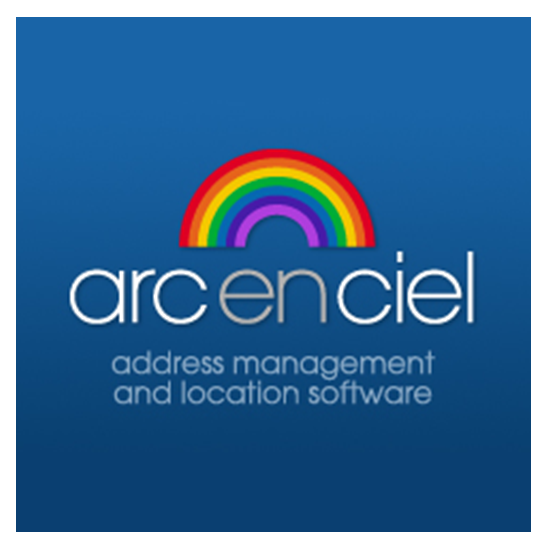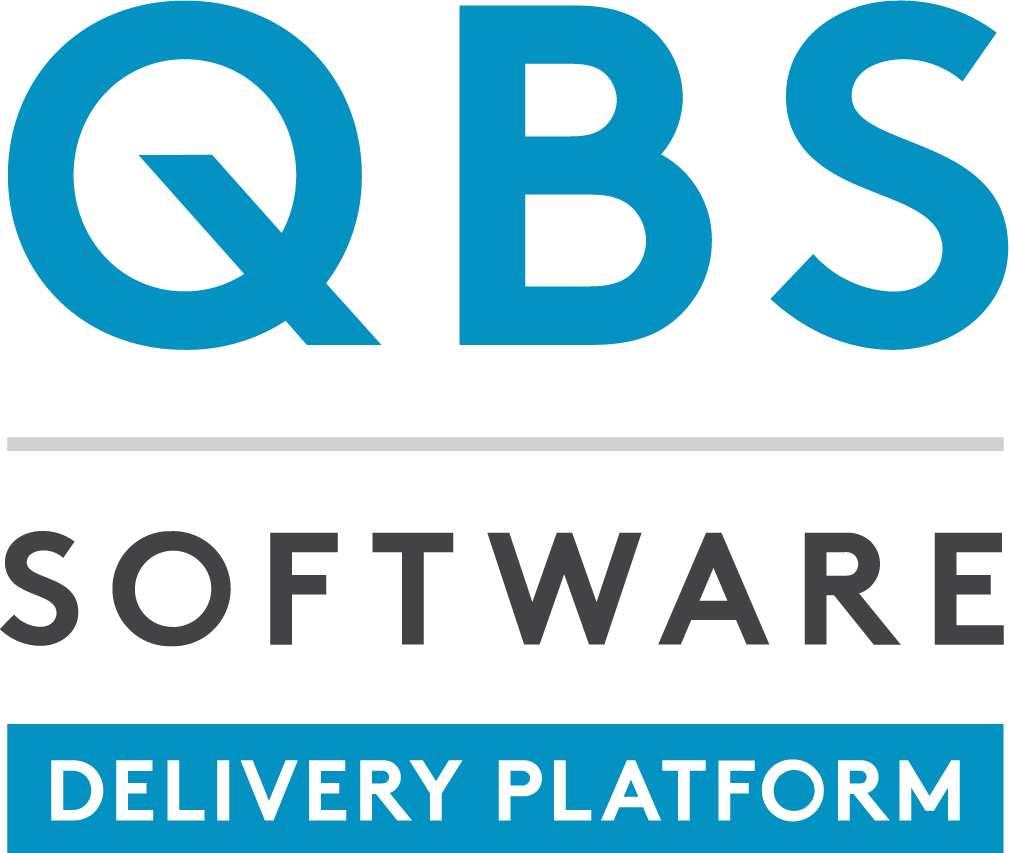
Need more information on this product?
Please contact us on +44 (0)20 8733 7100 or via our online form.
If you are not currently a customer, you can apply for an account.
Not all location can be done on a postcode basis. If a user wants to purchase a property in a certain area; find a job; buy a car; choose an hotel; etc. then it is the place name that will be quoted.
For this reason we provide a pair of extremely comprehensive gazetteers covering every place name and street name in the UK.
Both of these gazetteers are provided as web services and can easily be incorporated into any website.The place name gazetteer covers over 60,000 towns, villages and districts as well as airports, railway, Underground and DLR stations. Also included are urban areas such as Wimbledon in London or the Old Town in Edinburgh. These are not used in Royal Mail addressing in the interests of conciseness, but are in wide common use.
Choosing a place name gives its map reference and an estimate of its population.
The street list gazetteer covers almost 900,000 streets. Normally, a user will want to restrict selection to a certain area so it includes the facility whereby only streets within a certain radius of a given centre are returned.
The street gazetteer is invaluable for taxi services; firms that offer local deliveries; catchment area applications and so on.
Gazetteer - Features
Sometimes your users cant quote a postcode, but just want to specify a place name.This is a task for the Gazetteer product. The Gazetteer is a list of almost 12,000 villages, towns and localities with more than about 250 inhabitants.
An example of the software functionalities is if you ran a chain of hotels a visitor to your website wants to know what hotels you have in a town they are about to visit. Once the place name is selected you have a central position and can display a list of your hotels within a given radius. You could even link to a web mapping service and show markers giving hotel positions:
Above: example of how a web mapping service can display hotel locations.
You can put the Gazetteer on your website in a listbox showing only the place name column. A refinement would be to give precedence to larger towns and only show the smaller as the search string grows more precise. This gives significant savings in time for the average user.
Features
Rapid Addressing
You'll never have to type an address again! No more wasting of everybodys time asking for the spelling of road and town names. The official Royal Mail data is used so accuracy is assured.There is rapid addressing at two levels:
- With the road-level product "Address" you put in the postcode and get the address to street level. Then you have to manually add the house number or other premise information. This is ideal if you work mainly with residential addresses.
- If you do a lot of business-to-business work youll need the premise-level product "Address+". With this, you get all the above and in addition get a list of the house numbers and organisation names at that postcode.
Postcode Finding
Input the parts of the address you know - narrow down and identify the postcodeFinding a postcode on the desktop is done via the Address+ application.Typically, you'll know the house number, street and town and want the postcode.
You can put in any combination of parameters you like, and will get a list of postcodes that fit the data. You can also find businesses. Put in "post office" for "Saffron Walden" and get this result.
Mailing List Generation
Build your mailing lists for free! You can choose to generate lists of residential or business premises. You can get an Excel spreadsheet to be used as a Data Source in a MailMerge operation to print your letters and labels.If you were an estate agent, you might generate residential addresses for a few streets to advertise a local sale.
If you were selling office furniture you might generate business addresses for an entire town.
You can also work on a partial postcode basis say "CB" or "CB10" or entire counties.
Mailing List Generation is one of the facilities of our Address+ program.
Grid Referencing
Pinpoint the map position of a postcode.Grid referencing, or more generally geo-referencing, is finding an (x, y) position or longitude/latitude pair for a point. As far as addressing data is concerned, this can be done at several levels.
Premise level
The most detailed level is to find the (x, y) coordinate of a single house or other building. As far as is known, the only product that provides this is Address-Point which is produced by the Ordnance Survey.
Postcode level
On average, a postcode covers 12 premises. A grid reference for a postcode is therefore likely to be within a couple of hundred metres of any particular house, which is adequate for many applications.
Arc en Ciel provides the Royal Mail Postzon data which includes a grid reference for every postcode. This can be supplied as part of the Address or Address+ product, but is normally used by developers through the API. There is an extra charge for the supply of this data.
A variation on postcode-level geo-referencing is to start with a position and find an address. For example, GPS device in an emergency vehicle can get a longitude/latitude as it moves along and it might be useful to know the names of the streets it passes through. As part of its Developers API Arc en Ciel provides a function CodesInRadius which finds the postcodes within a given radius of a point. The nearest postcode can be found and used to generate the address.
Area/District level
A postcode "Area" is the first one or two letters. For example "CB". A District is the whole of the first half of the postcode, such as "CB11".
We provide a component called AddressLocate to give grid references for all Areas and Districts. AddressLocate is not used on the desktop, but forms part of the Developers API.
The average distance across a District is +/- 2.7 km (1.7 miles). This is adequate accuracy for applications where a car or van is involved and a kilometre or two more or less is not critical. In built-up areas Districts are much smaller than in rural areas so giving increased accuracy where it is most useful.
Web Use
When taking orders through your website, don't ask your customers to type their address. Not only is that slower, but they might make mistakes.All you need is a postcode box and a button to complete the address.
Most e-commerce is done by consumers, so the road-level product is usually adequate and is less expensive. For business orders you may prefer our premise-level product for the extra speed given by providing a list of organisation names at a postcode. Premise-level functionality is also preferable for high-security work as it gives an extra cross-check by checking that a house number is valid for the postcode.
You may prefer to work at a more general level by using town or village names rather than postcodes. In this case, our Gazetteer product may be best. This gives the ability to make enquires in a more user-friendly way and yet be accurate enough for many purposes.
If you organise deliveries or service through many depots you might want to know where your visitor is in "meatspace". The grid referencing products provide the precision you need at the price you want to pay.
Many web servers do not run Windows, and for these we have Java and PHP versions of our road-level and premise-level functionality.
On Windows servers we provide COM objects that can run with ASP pages and .NET ClassLibraries for ASPX.
Gazetteer - System Requirements
System Requirements
Arc en Ciel provide parallel versions of the libraries as a DLL for C++ or Delphi users; a COM object for Visual Basic or ASP use; a Class Library for .NET and ASPX applications; a Java library and a PHP library.

